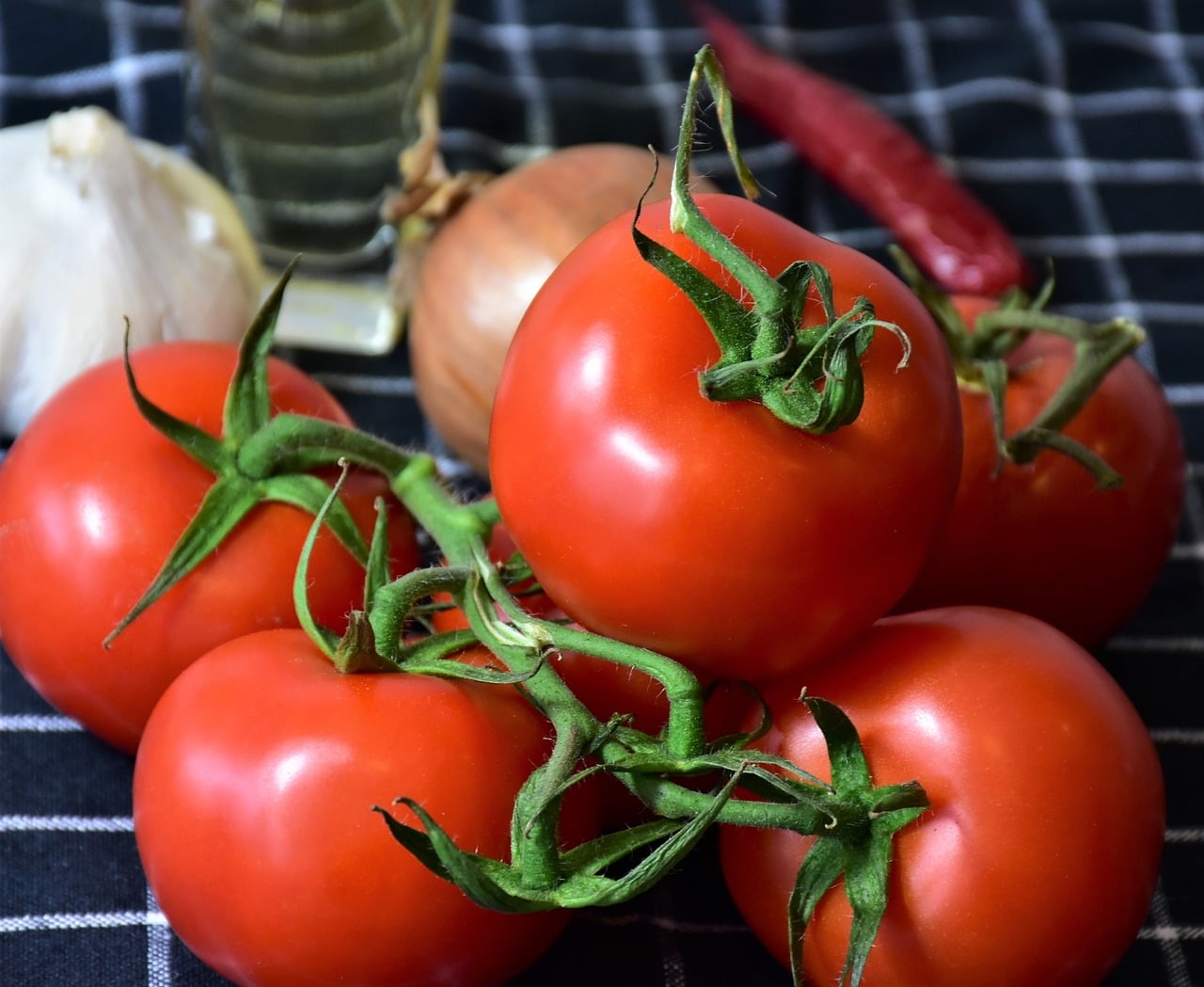It’s no secret that store-bought tomatoes don’t live up to our expectations when it comes to flavor. A group of scientists has decided to change that, by using a modified tomato pan-genome which could greatly improve the flavor of store-bought tomatoes, without compromising the quality or our health.
A group of researchers at the Agricultural Research Service (ARS) collaborated with researchers from the Boyce Thompson Institute (BTI) spotting a solution that tomato pan-genome brings, which they reported in a study published in the journal Nature Genetics.
In this study, molecular biologist James Giovannoni with the ARS Plant, Soil and Nutrition Research Laboratory and Zhanguin Fei, BTI bioinformatics scientist in Ithaca, New York, describe the development of the tomato pan-genome which can also be used with its wild relatives, mapping about 5,000 undocumented genes.
Cultivated tomatoes have a lot of physical and metabolic variations. However, when it comes to breeding, there are a lot of difficulties. That said, today’s tomatoes have a “narrow genetic base,” which the newly-constructed genome addresses by improving the crop breeding.
Nowadays, breeders focus on yield, shelf life, disease resistance and other properties that make the crops sprout and grow successfully. Tomatoes are considered one of the most eaten “vegetables,” even though in terms of biology, a tomato is a fruit. It has an annual worldwide production of 182 million tons, worth around $60 billion.
“One of the most important discoveries from constructing this pan-genome is a rare form of a gene labeled TomLoxC, which mostly differs in the version of its DNA gene promoter. The gene influences fruit flavor by catalyzing the biosynthesis of a number of lipid (fat)-involved volatiles–compounds that evaporate easily and contribute to aroma,” Giovannon explained in a statement.
Scientists could use the TomLoxC gene for production of apocarotenoids, organic chemicals from carotenoids, as well as vitamin A precursors, which are responsible for signaling molecules that are responsible for different kinds of responses in plants, including environmental stress. The mentioned compounds make for a great variety of floral and fruity odors that the tomato pan-genome would bring which also play an important role in the tomato’s taste.
“It appears that there may have been strong selection pressure against or at least no selection for the presence of this version of TomLoxC early in the domestication of tomatoes,” Giovannoni said about the tomato-pan genome. “The increase in prevalence of this form in modern tomatoes likely reflects breeders’ renewed interest in improved flavor.”
With so much specific genetic information of tomato pan-genome available for improving the taste, breeders will be able to focus on flavor as an economically important trait of tomatoes. The tomato pan-genome will allow better taste, without sacrificing the mass production or other great traits that it has.
“These novel genes discovered from the tomato pan-genome added substantial information to the tomato genome repertoire and provide additional opportunities for tomato improvement. The presence and absence profiles of these genes in different tomato populations have shed important lights on how human selection of desired traits have reshaped the tomato genomes,” said Fei.





